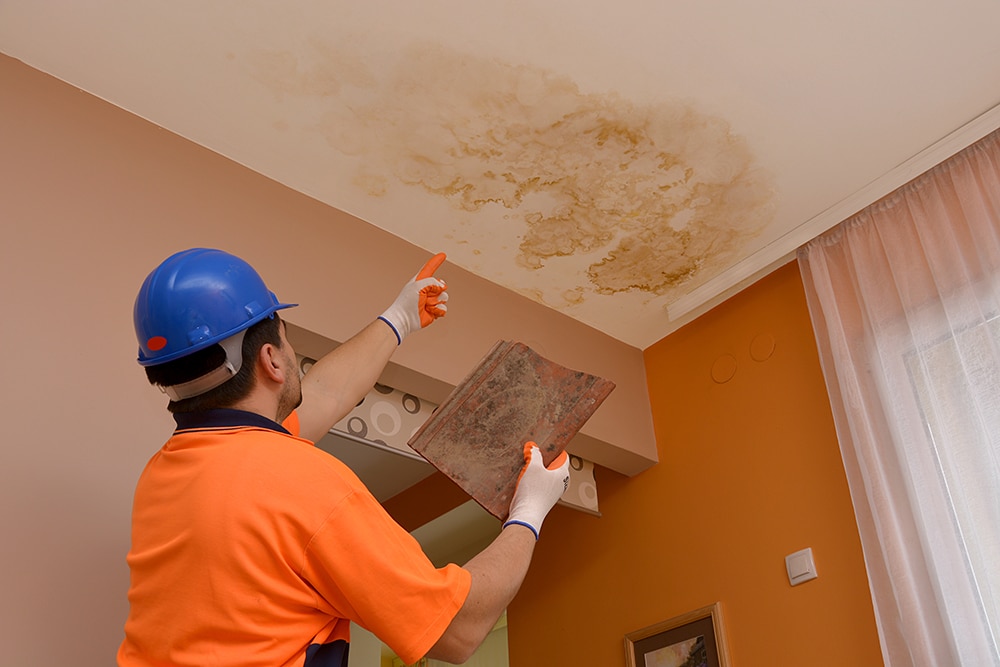Water damage is a significant concern for homeowners, property managers, and businesses alike. It can strike unexpectedly and cause extensive harm to structures and belongings. Understanding the causes, effects, and solutions for water damage is crucial for effective prevention and remediation. In this comprehensive guide, we’ll explore what you need to know about water damage, offering insights and solutions to help you protect your property.
What is Water Damage?
Water damage occurs when excess water infiltrates a property, causing harm to its structure and contents. It can result from a variety of sources and can manifest in numerous ways, from minor leaks to catastrophic floods. Let’s break down the fundamental aspects of water damage.
Causes of Water Damage
Understanding the root causes of water damage can help in preventing and addressing it effectively. Here are some common causes:
1. Plumbing Issues
Plumbing problems are a frequent cause of water damage. Leaky pipes, burst pipes, and malfunctioning appliances can lead to significant water intrusion.
- Leaky Pipes: Pipes that corrode or freeze can develop leaks, which may not be immediately noticeable.
- Burst Pipes: Sudden bursts due to freezing temperatures or pressure can release large amounts of water.
- Appliance Malfunctions: Washing machines, dishwashers, and water heaters can malfunction, causing leaks or flooding.
2. Roof Leaks
A damaged or aging roof can allow water to seep through, leading to damage in the attic and upper levels of a building.
- Missing Shingles: Shingles that are loose or missing can create gaps for water entry.
- Damaged Flashing: Flashing around chimneys or vents that becomes damaged can lead to leaks.
3. Foundation Issues
Foundation problems can cause water to penetrate the lower levels of a property.
- Cracks in the Foundation: Small cracks can allow water to seep into basements or crawl spaces.
- Poor Drainage: Inefficient drainage around the foundation can lead to water pooling and seepage.
4. Flooding
Flooding from external sources, such as heavy rain or river overflow, can overwhelm a property’s defenses and cause extensive damage.
- Heavy Rain: Prolonged or intense rainfall can lead to water infiltration.
- Storm Surges: Coastal areas may experience flooding due to storm surges.
5. Natural Disasters
Natural disasters like hurricanes, tornadoes, and earthquakes can cause severe water damage through structural damage and subsequent water intrusion.
Effects of Water Damage
Water damage can have a range of effects on both the structure of a property and the health of its occupants. Here’s what you need to know about the impacts:
1. Structural Damage
Water can weaken structural elements of a building, leading to significant issues.
- Wood Rot: Prolonged exposure to water can cause wooden beams and floors to rot and become compromised.
- Mold Growth: Moist environments are ideal for mold growth, which can further damage materials and pose health risks.
2. Damage to Personal Belongings
Water can ruin personal items and belongings.
- Furniture: Upholstered furniture and wooden pieces can be damaged or ruined by water exposure.
- Electronics: Water can cause short circuits and permanent damage to electronic devices.
3. Health Risks
Water damage can create conditions that are harmful to health.
- Mold and Mildew: Mold growth can lead to respiratory issues and allergies.
- Bacterial Growth: Stagnant water can foster bacterial growth, which can cause infections.
4. Increased Repair Costs
The longer water damage goes unaddressed, the more extensive and costly the repairs will be.
- Extended Damage: Small issues can become large, expensive problems if not promptly repaired.
- Insurance Costs: Unresolved damage can lead to higher insurance premiums and claims.
Solutions for Water Damage
Addressing water damage effectively requires prompt action and the right solutions. Here’s a guide to handling and mitigating water damage:
1. Immediate Actions
When you discover water damage, it’s crucial to act quickly to minimize the impact.
Stop the Source
Identify and stop the source of water to prevent further damage. For plumbing issues, shut off the main water supply. For roof leaks, cover the area with tarps until repairs can be made.
Remove Excess Water
Use mops, towels, or a wet/dry vacuum to remove standing water. If the amount is substantial, consider professional water removal services.
Dry Out the Area
Ensure that the affected area is thoroughly dried to prevent mold growth and further damage.
- Use Fans and Dehumidifiers: These can help speed up the drying process.
- Open Windows: Allowing air circulation can assist in drying.
2. Assessment and Cleanup
Once immediate actions are taken, assess the extent of the damage and begin cleanup.
Inspect and Document
Examine the affected areas for damage and document it for insurance purposes. Take photos and notes to support your claim.
Clean and Disinfect
Thoroughly clean and disinfect affected areas to prevent mold and bacterial growth.
- Use Appropriate Cleaners: Select cleaning products that are effective against mold and mildew.
- Discard Contaminated Items: Items that are irreparably damaged or contaminated should be disposed of safely.
3. Professional Help
In many cases, professional assistance may be necessary.
Water Damage Restoration Services
Consider hiring a professional water damage restoration company for extensive damage. They can provide advanced equipment and expertise to handle complex situations.
Mold Remediation
If mold growth is detected, professional mold remediation services can ensure that it is properly removed and the environment is restored.
4. Prevent Future Damage
Taking preventative measures can help avoid future water damage.
Regular Maintenance
Perform regular maintenance on your property to address potential issues before they become problems.
- Inspect Roof and Gutters: Ensure they are in good condition and free of debris.
- Check Plumbing: Regularly inspect pipes and appliances for signs of wear or leaks.
Improve Drainage
Ensure proper drainage around your property to prevent water pooling and foundation issues.
- Install Sump Pumps: These can help manage water levels in basements and crawl spaces.
- Grade Your Landscape: Ensure that the ground slopes away from your foundation to direct water flow away from the property.
Conclusion
Understanding water damage and its potential impact is essential for protecting your property and well-being. By recognizing the common causes, effects, and solutions, you can take proactive steps to prevent and address water damage effectively.
Let’s discuss—have you experienced water damage before, or are you looking for specific solutions to a problem? Feel free to share your concerns or ask questions as you work to safeguard your property. Remember, timely action and prevention are key to minimizing the effects of water damage and ensuring a safe and healthy environment.









